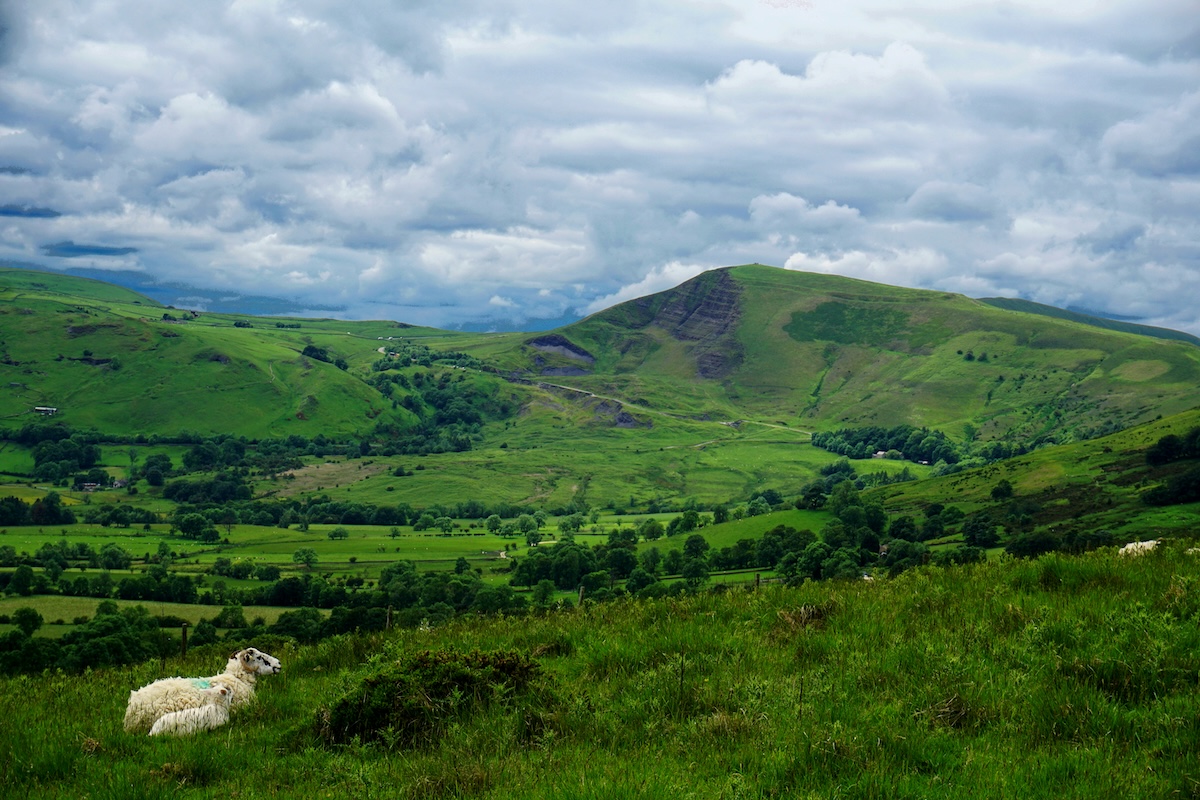Comment on forthcoming changes to Environmental Land Management schemes

At the start of 2024, the Department for Environment, Food & Rural Affairs (Defra) released an updated Agricultural Transition Plan, outlining changes to agricultural policy. If successful, this could play a key role in nature recovery and more sustainable land use, including wider uptake of nature-based solutions to make farming more resilient to future change.
Opportunities for nature and ecosystem health
Reforming the system of agricultural and land-sector subsidies following the United Kingdom’s exit from the EU’s Common Agricultural Policy presented an opportunity to shift to a less environmentally damaging, more nature-positive land-use system. The Government developed ‘Environmental Land Management schemes’ (ELMs) as a new way of providing funding for land-based activities in England.
There are three components: a Sustainable Farming Incentive with payments for undertaking basic actions to improve farming sustainability, such as improving soil health; an extension to the pre-existing Countryside Stewardship programme to support targeted actions such as species management and habitat restoration; and a Landscape Recovery scheme for larger-scale and longer-term habitat protection and restoration projects involving co-ordinated action by multiple landowners in a region.
While there were many positive points in the proposed schemes, there were also concerns about what they would actually achieve and how they were implemented. Furthermore, some farmers and land-managers found the schemes unnecessarily complex, with lack of clarity over future developments. In their recent report on ‘Progress in improving the natural environment in England 2022/2023’, the Office for Environmental Protection conclude that ELMs deployment has thus far been too slow “…and the programme is marked by uncertainty and concern from farmers. For enough farmers to choose to participate and commit long-term to managing their land in support of Net Zero, environmental improvement and food security, things must improve, and improve quickly.”
The proposed changes include streamlining the application process (combining SFI and Countryside Stewardship), increasing payments for actions, and improving advisory services, which should provide a welcome increase in uptake. Payments for upland farms are increasing to match those for lowland farms, and more frequent payments will benefit small farmers and tenant farmers. And payments for maintaining existing habitats are being brought into line with those for creating new habitats, to ensure that those who have already made changes are not disadvantaged.
Furthermore, a number of promising new actions are being introduced, including payments for agroecological practices (e.g. agroforestry, no-till farming and multi-species cover crops), or habitat management (e.g. creating and managing species-rich floodplain meadows, reduced grazing density on moorland and upland peat, and later cutting of hay meadows). A new range of natural flood management options has been introduced, to slow the flow of water, reduce runoff and reconnect rivers to their floodplains, creating a wetland mosaic. There are plans to support greater coordination between ELMs and Local Nature Recovery Strategies, new options to encourage greater public access, and premium payments for key options such as scrub mosaic habitats. These changes are very welcome.
A Note of Caution
These positive changes will only help achieve our environmental targets (such as to “halt the decline in species populations by 2030, and then increase populations by at least 10% to exceed current levels by 2042”) if uptake covers a sufficiently large area. The updated Agricultural Transition Plan sets ambitious targets including “at least 70% of farmers and land managers to be undertaking environmental land management actions alongside food production, on at least 70% of farmed land” by 2028, for “65% of farms to adopt nature-friendly practices on 10 to 15% of their land”, to bring “at least 40% of agricultural soil into sustainable management by 2028 and 60% by 2030” and to “create or restore 48,000km of hedgerows by 2037 and 72,000km of hedgerows by 2050”. However, as ELMS is voluntary, it remains to be seen to what extent some of the more ambitious, environmentally transformative options are pursued.
Another issue that has sparked concern is that the new voluntary scheme replaces the previous Cross-Compliance criteria that required farmers receiving the Basic Payment (i.e. almost all farmers) to protect soil, water and hedgerows. For example, farmers had to avoid ploughing or spraying land within two metres of the centre of a hedge or right next to a river, and they could not cut hedges in the bird nesting season from March to August. Now, however, even farmers who sign up for the new voluntary schemes will not be automatically fined for non-compliance, with enforcement relying mainly on “education and support” – a significant loophole. The new strategy will also “remove barriers in securing permission for development” on farms, which could have further consequences for farmland habitats. Wildlife groups are calling for urgent action to plug these regulatory gaps.
A more integrated, systemic approach to land use decision-making would be very useful here. This would ideally be provided by the long-awaited ‘land use framework’ promised in the 2022 Government food strategy policy paper “…to ensure we meet our net zero and biodiversity targets, and help our farmers adapt to a changing climate, whilst continuing to produce high quality, affordable produce that supports a healthier diet.” This strategic approach is essential for delivering all the benefits we need from our land.
John Lynch and Alison Smith are researchers in the Nature-based Solutions Initiative.




